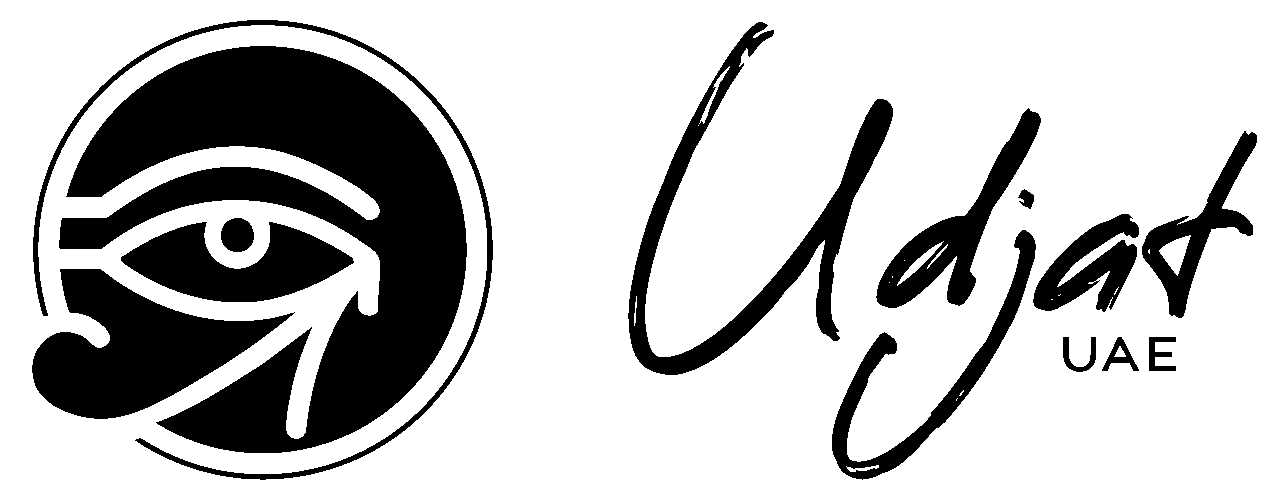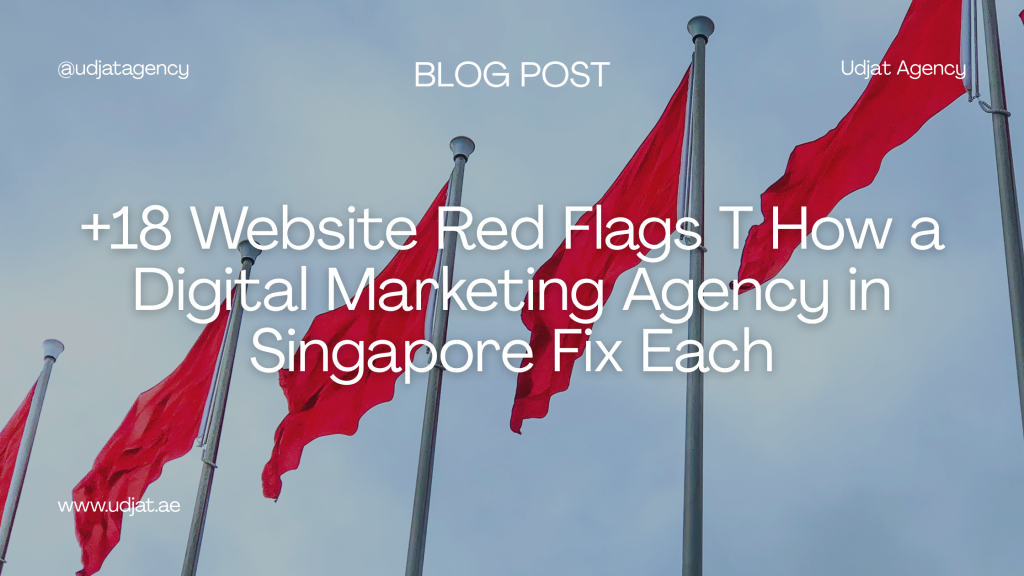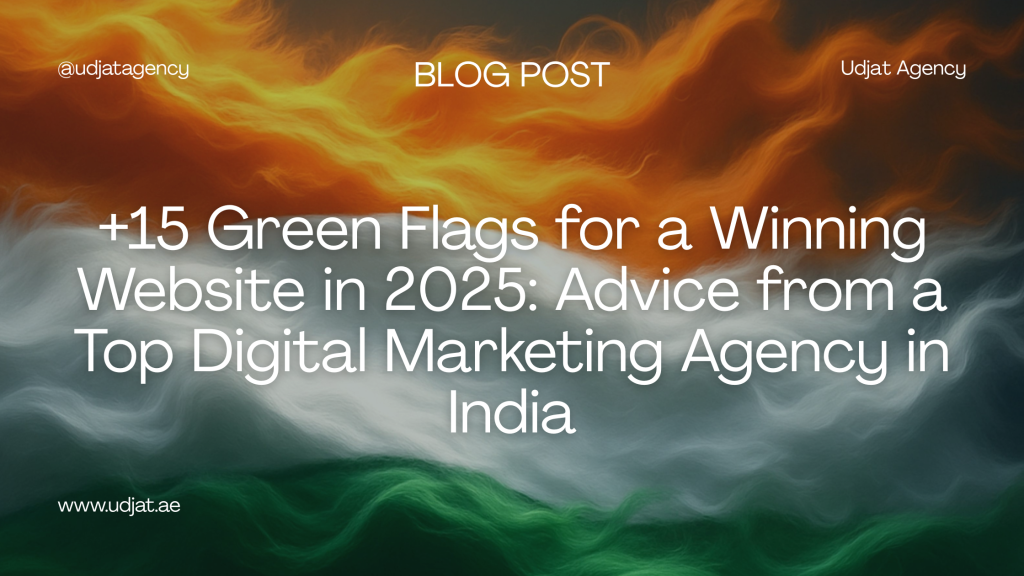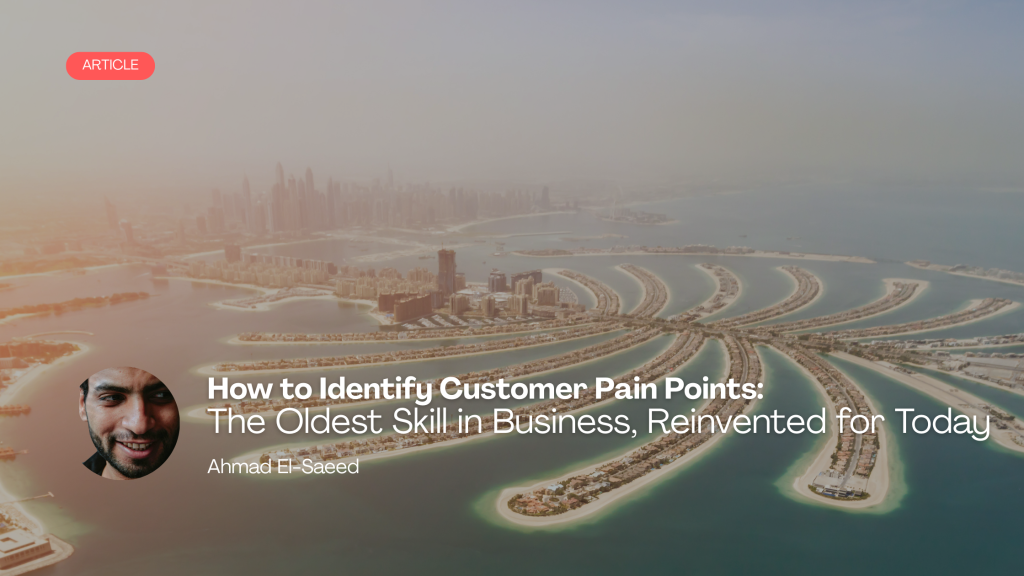If you want to build a strong ad strategy, you need more than a high budget—you must know the real language of paid ads. When you work with ad marketing companies, these terms guide every decision and report. In today’s digital world, using the right definitions means higher performance, smarter budgets, and results you can track. Each point below includes the phrase ad marketing companies and is explained for business owners, managers, and anyone growing a brand.
CPA (Cost Per Action)
CPA means paying for a specific customer action, like a sale or sign-up. Ad marketing companies track CPA to make sure your campaigns drive conversions and lower costs. In recent years, brands see lower CPA with better targeting and creative updates.
CPC (Cost Per Click)
CPC is how much you pay for every click on your ad. Ad marketing companies keep CPC low to stretch your budget further. Using smart headlines and audience filters improves CPC and brings more visitors for less money.
CPM (Cost Per Mille)
CPM means cost per thousand ad views. Ad marketing companies focus on CPM for brand awareness campaigns. If you want to reach large audiences, monitoring CPM keeps spending balanced.
CTR (Click-Through Rate)
CTR shows what percent of people who see your ad actually click it. Ad marketing companies analyze CTR to test creative quality and message impact. Higher CTR means your ad speaks the right language for your market.
Conversion Rate
Conversion rate measures which users complete your goal, like buying or registering. Ad marketing companies work to improve conversion rate by changing website flow, creative, or offers. Benchmark rates vary by industry, so make sure yours always beats the average.
Impressions
Impressions count every time your ad appears on a screen, no matter if users click or not. Ad marketing companies track impressions to measure visibility, compare channels, and gauge overall reach.
Reach
Reach tells you how many unique people saw your ad at least once. Ad marketing companies always maximize reach while keeping budget in your control. Seeing reach grow month over month signals campaign health.
Frequency
Frequency counts how many times one person sees your ad. Ad marketing companies adjust frequency to avoid burnout. Too much frequency leads to ad fatigue and poor results.
ROAS (Return on Ad Spend)
ROAS calculates how much revenue you earn for every dollar spent. Ad marketing companies set clear ROAS targets upfront. Smart budget shifts keep ROAS high as campaigns scale.
Engagement Rate
Engagement rate looks at likes, shares, comments, and clicks compared to reach. Ad marketing companies chase higher engagement through visual storytelling and dynamic content. Solid engagement drives stronger organic growth.
Bounce Rate
Bounce rate means how many site visitors leave quickly with no action. Ad marketing companies redesign landing pages and test new copy to lower bounce rate. Dropping bounce shows your audience is finding what they need.
Landing Page
Landing pages are destination website URLs users reach after clicking your ad. Ad marketing companies optimize landing pages for speed, clarity, and strong calls to action. Great pages turn clicks into customers.
Lead
Leads are users who express interest, like filling a form or requesting details. Ad marketing companies target quality leads and nurture them with email and retargeting. A steady stream of leads increases long-term growth.
Lookalike Audience
Lookalike audiences let you reach people similar to your best customers. Ad marketing companies build lookalike lists for Facebook, Instagram, and TikTok. These lists help you expand reach with high conversion odds.
Custom Audience
Custom audiences are user groups built from your company data—past buyers, site visitors, or subscribers. Ad marketing companies retarget custom audiences for high conversion rates, keeping your brand top-of-mind.
Retargeting
Retargeting shows ads to users who previously visited your site or engaged with your business. Ad marketing companies use retargeting for abandoned cart recovery, repeat sales, and raising overall conversion rates.
Pixel
Pixel is a tracking code added to your site to monitor conversions. Ad marketing companies install and calibrate pixels for platforms like Facebook and Snapchat. Without pixels, campaign data is incomplete.
UTM Parameters
UTM parameters are codes on URLs to track traffic sources. Ad marketing companies rely on UTMs to identify which ads deliver results. Detailed UTMs mean accurate channel performance for every campaign.
A/B Testing
A/B testing compares two versions of ads, landing pages, or messages to find what performs better. Ad marketing companies run A/B tests every week, switching designs or calls to action until data proves the winner.
Ad Set
An ad set is a group of ads sharing the same audience segment and budget. Ad marketing companies build and adjust ad sets to test creative, offers, and placements for every goal.
Ad Creative
Ad creative means the written text, images, and designs of your ad. Ad marketing companies produce creative assets to match every channel and audience. Strong creatives improve CTR, engagement, and conversions.
Lookback Window
The lookback window measures how long after a click a conversion is counted. Ad marketing companies set lookback periods based on your buyer journey, usually 7, 14, or 30 days.
Attribution Model
Attribution model chooses which touchpoint gets credit for a sale. Ad marketing companies set up single-touch or multi-touch attribution to show which ads really drive business. Proper attribution increases budget performance by up to 30%.
Conversion Window
The conversion window counts how many days after ad interaction your conversion is included. Ad marketing companies adjust this period to match your typical buying cycle for sharper reporting.
Click Attribution
Click attribution credits conversions to users who clicked the ad. Ad marketing companies use this for ecommerce performance measurement.
View-through Attribution
View-through attribution gives credit when users see an ad but convert later, without a click. Ad marketing companies use this especially for video or display ads, catching hidden influence on buying decisions.
Optimization Event
Optimization event is the platform action you want most—like a purchase, sign-up, or install. Ad marketing companies choose optimization events to guide automated bidding and smart targeting.
ThruPlay (Meta)
ThruPlay counts users who watch a video ad for at least 15 seconds or to the end. Ad marketing companies use ThruPlay to measure video ad engagement and campaign impact.
Top of Funnel (TOFU)
Top of Funnel is the early stage where customers first learn about your business. Ad marketing companies send broad, informative ads during TOFU to build awareness and fill the funnel.
Middle of Funnel (MOFU)
Middle of Funnel covers the stage where users consider and engage more. Ad marketing companies nurture MOFU audiences with retargeting, newsletters, and product samples.
Bottom of Funnel (BOFU)
Bottom of Funnel is when the user decides to buy. Ad marketing companies push strong offers, urgency, and testimonials at BOFU for higher closing rates.
CAC (Customer Acquisition Cost)
CAC calculates total cost to gain a new customer. Ad marketing companies lower CAC by fine-tuning ad spend and creative. Tracking CAC ensures campaigns deliver profit.
Lifetime Value (LTV)
LTV tracks what a customer spends over their whole relationship with your business. Ad marketing companies grow LTV with loyalty programs, email nurture, and regular customer service.
Scroll Depth
Scroll depth checks how far visitors move down your webpage. Ad marketing companies improve content flow and design to increase scroll depth and time on site.
Ad Fatigue
Ad fatigue happens when your audience sees the same ad too many times and stops engaging. Ad marketing companies prevent fatigue by rotating creative and refreshing messages, keeping ads interesting and results sustained.
Final Insights
Learning these 35 paid ads terms makes every business leader’s job easier. Partnering with ad marketing companies means you apply each definition in real campaigns—tracking progress, optimizing results, and handling every change in real time. As digital platforms update, success depends on using every term in your reports and strategy, so your business always grows, stays profitable, and ranks well on Google and beyond.






